As is well known, the preferred material for car bodies is sheet steel. For smaller series, however, plastic proved to be more cost-effective because it does not require expensive pressing tools. Sports car manufacturers from the UK, USA and France in particular took advantage of this, while Italian and German carmakers were more skeptical about the alternative material. Nevertheless, Porsche, Ferrari and even DKW were also produced with plastic bodies.
Bad weather prospects
Once a year, owners of cars with plastic bodies meet in Rickenbach in Hinterthurgau, near Wil (St. Gallen). After considerable rainfall on Saturday and throughout June 2024, the omens on June 23, 2024 were not ideal, but in fact it never really rained all day.
Although it was a little damp at times, the sun did appear a few times.
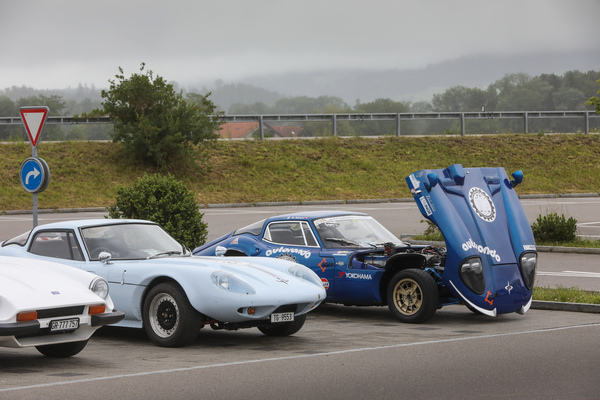
Nevertheless, the weather probably deterred one or two potential visitors from making the trip to Rickenbach. Nevertheless, around 100 vehicles with plastic bodies came and the variety was considerable.
Colorful and formal potpourri
Around two dozen different brands were represented with plastic bodies, and there was also a wide variety of vehicle types - sports cars, limousines, vans, off-road vehicles, leisure vehicles - colors and shapes.
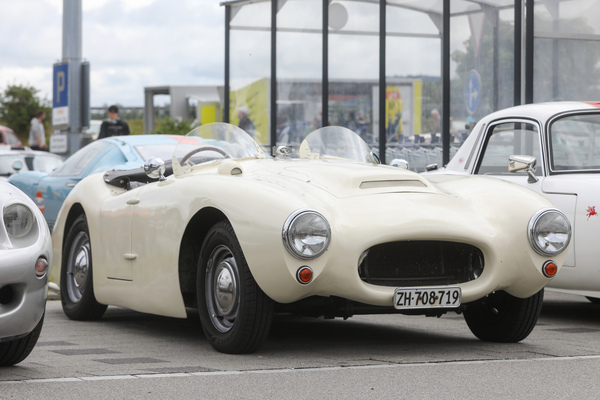
Typically, cars with plastic bodies came from the sixties and seventies, but the Microplas Toledo was also present, while the new millennium was represented by a few Lotus, a Porsche Carrera GT and an Alfa Romeo 4C.
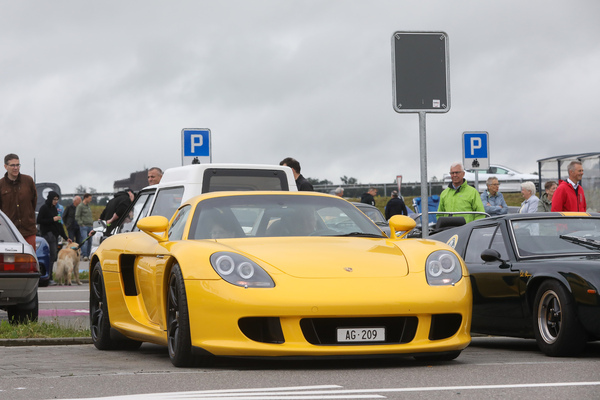
What once began with inexpensive fiberglass and laminated plastic is now being continued with carbon fiber and the like for reasons of weight and stability.
Not a concours
The "Fantastic Plastic" meeting is an informal event. You don't have to register or pay admission. There is also no evaluation of the vehicles.
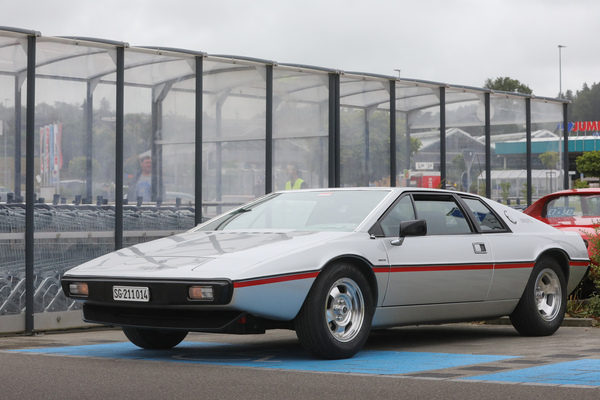
However, if the event had been a Concours d'Elégance, then the silver-colored Lotus Esprit S1 from 1978 would probably have been a serious candidate for at least a class win.

The mid-engine sports car, which still has its original interior, is one of the few that was delivered in silver metallic and was as good as new after restoration in Rickenbach.
Much unknown
While many of the vehicles that arrived at the meeting are of course well known, such as a Renault-Alpine A310, a Lotus Elan or a Trabant, some visitors may have seen one or two of the cars for the first time ever.

The Burton, for example, is based on 2CV technology, but looks more like a British roadster from the 1950s.

The De la Chappelle, on the other hand, embodies modern sports car technology with its mid-engine and looks elegant at the same time.
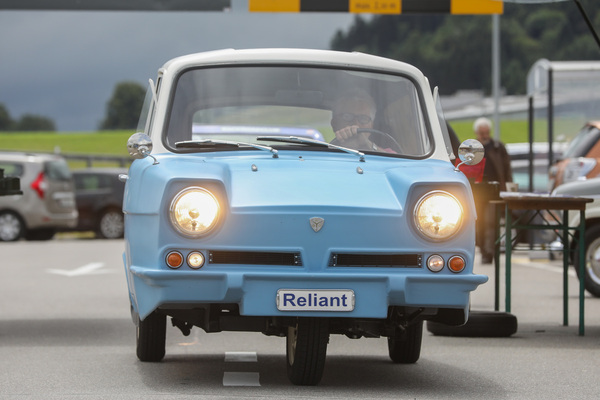
Three Reliant came to the meeting in Rickenbach, a Regal and a Robin on three wheels, as well as a Kitten on four wheels. None of these cars were sold in large numbers outside the British Isles.
Almost all Corvette generations
The Americans' major contribution to the plastic automobile is called the Corvette. From the very beginning, Chevrolet's sports cars had a plastic body.

Almost all generations were to be found in Rickenbach, although a C1 was just as absent as a C5. It was interesting to observe how the shapes have adapted to the tastes of the public over the past 60 years.
Even without plastic bodywork
Classic cars of conventional design were also welcome in Rickenbach.
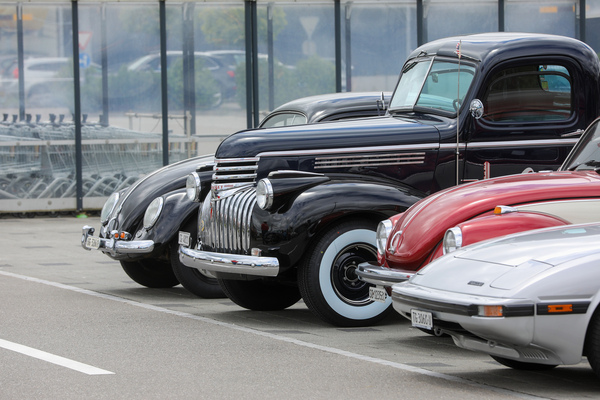
And there were also interesting cars to view in the separate parking lot set up especially for this purpose.

One of the highlights here was certainly the Talbot-Sunbeam Lotus from the first series, which provided the basis for rally victories at the time, but was very expensive to produce as a production car and is rarely seen today.
A visit to the "Fantastic Plastic" was also worthwhile in 2024 and it is to be hoped that this tradition will continue for a long time to come. Further impressions of the event can be found in the extensive picture gallery.







































































































